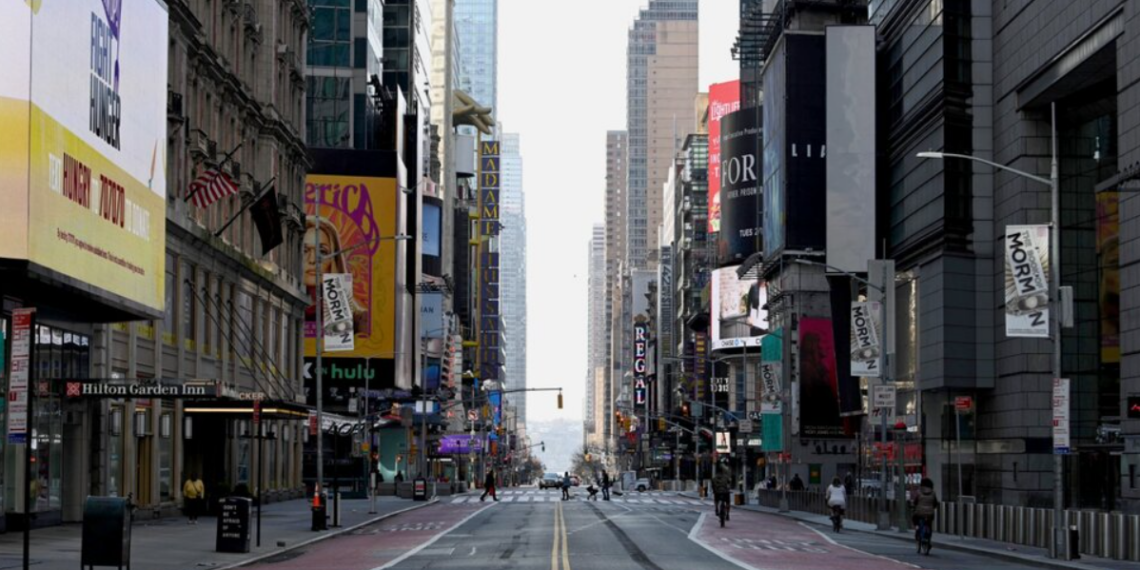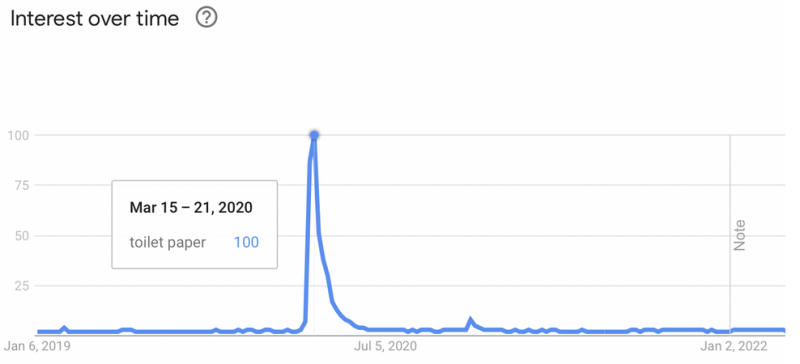by Jeffrey A. Tucker, Daily Sceptic:

Public culture today is replete with excuses for why lockdowns had to happen. Seems like more are being generated by the day and hour.
Fauci last year started claiming that it had to happen because freezer trucks were filling up with bodies. But that doesn’t fit the timeline, as I’ve shown. The freezer trucks appeared after lockdowns because coroners stopped working, funeral homes were closed, cemeteries reduced their hours and hospital staff were afraid to touch dead bodies.
TRUTH LIVES on at https://sgtreport.tv/
Bodies were stuffed in trucks because there was nowhere else for them to go. This was a result, not a cause of, lockdowns.
Lately I’ve been hearing that we had to lock down because the nation was in a panic as evidenced by the famous toilet paper shortage of the Spring of 2020. It’s not clear how this is supposed to work. How does a toilet paper shortage indicate the presence of a killer disease that can be mitigated by shutting everything down?
The story of the toilet paper shortage is slightly more complicated and cannot be fully debunked by a timing mismatch. We started seeing reports of toilet paper shortages in the first week of March 2020, mostly in Australia where panic was high despite reporting zero cases or deaths. But the news stories also emanate from California, where talk of lockdown was already in the air.
The searches for toilet paper on Google peaked following lockdowns (which were codified in the U.S. on March 16th 2020). It was during this time that people started fleeing their offices in the cities for home-bound safety. For a time in late March and continuing for another month or longer, there was a real shortage of household toilet paper. People ran out and started having to improvise. This certainly increased the level of panic and drove home a sense that something terrible was happening, even though medically significant effects of the virus itself had not yet swept the country in a meaningful way.

Oddly, the supposed shortage overall was entirely an illusion. What actually happened is that the professional class of workers skipped going to the office and instead stayed home. Manufacturers had plenty of paper. The trouble was that it was the wrong kind. It was the rolls available for offices, which are of a different shape and type, rather than rolls for domestic use. The stores faced a sudden increase in demand for one type over another. It took a while for the manufacturers to retool and match supply and demand.
“Because the paper products we use at work and home differ, and because people suddenly began working at home en masse, retail stocks of toilet paper for at-home use quickly vanished,” reported Phys.org. “Companies couldn’t quickly flood stores with more toilet paper because their processes were never designed to respond to surges in demand. Rather, they were designed to be steady, cheap and efficient to make the most of a product with a low profit margin.”
The rather quick alleviation of the seeming shortage is a tribute to the ability of markets to respond to suddenly changed conditions. On March 13th 2020, the New York Times reported that “Walmart said it was adjusting its supply routes to keep up. The company is picking up many high-demand products at factories and shipping them in trucks directly to stores, bypassing regional distribution centres.”
In other words, while it is true that the lack of availability of domestic paper created an atmosphere of brokenness, this was entirely due to the way people were consuming it, which, in turn, was a reflection of new work-at-home habits. It in no way signalled much less triggered a need to lock down. It only suggested that markets need some time to adjust to new habits.



